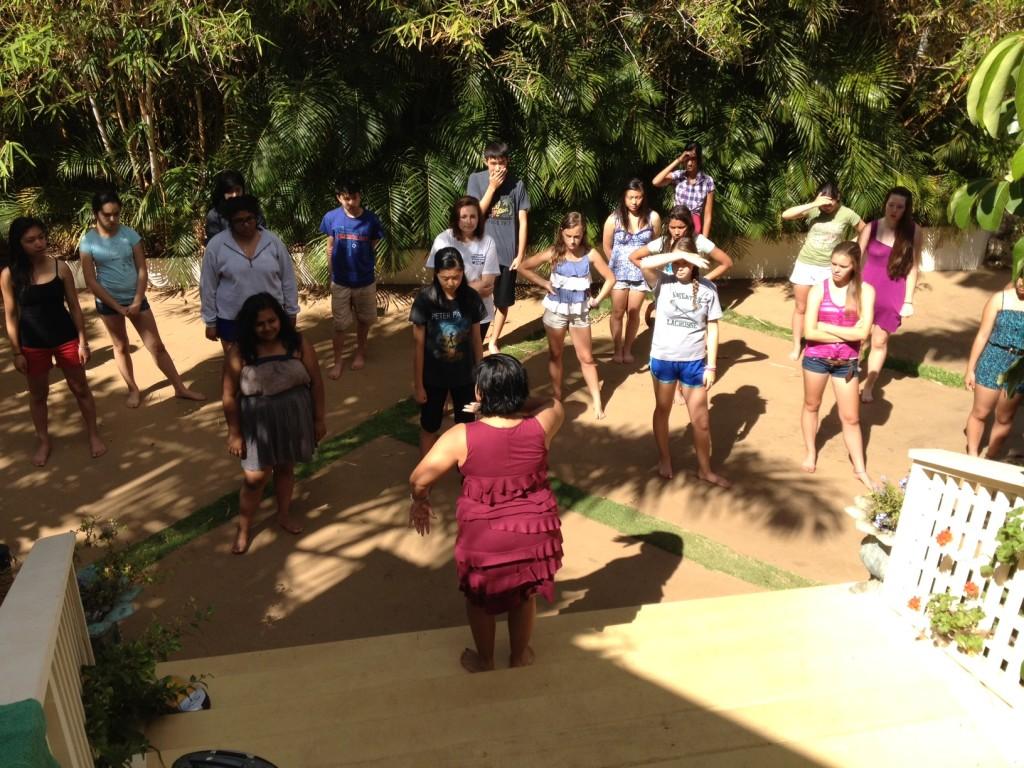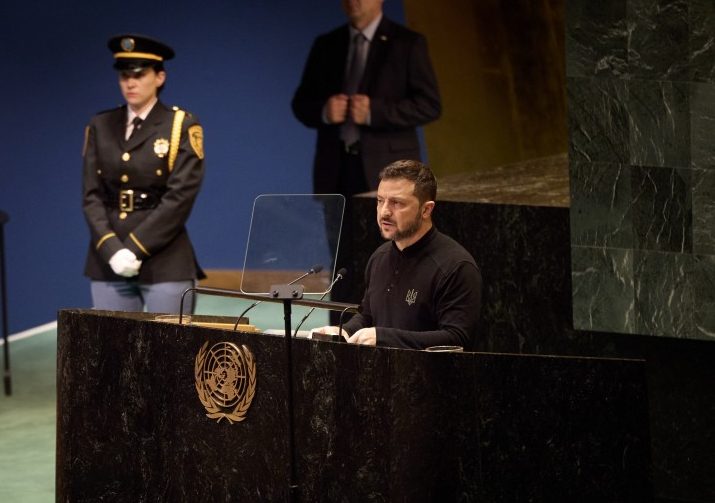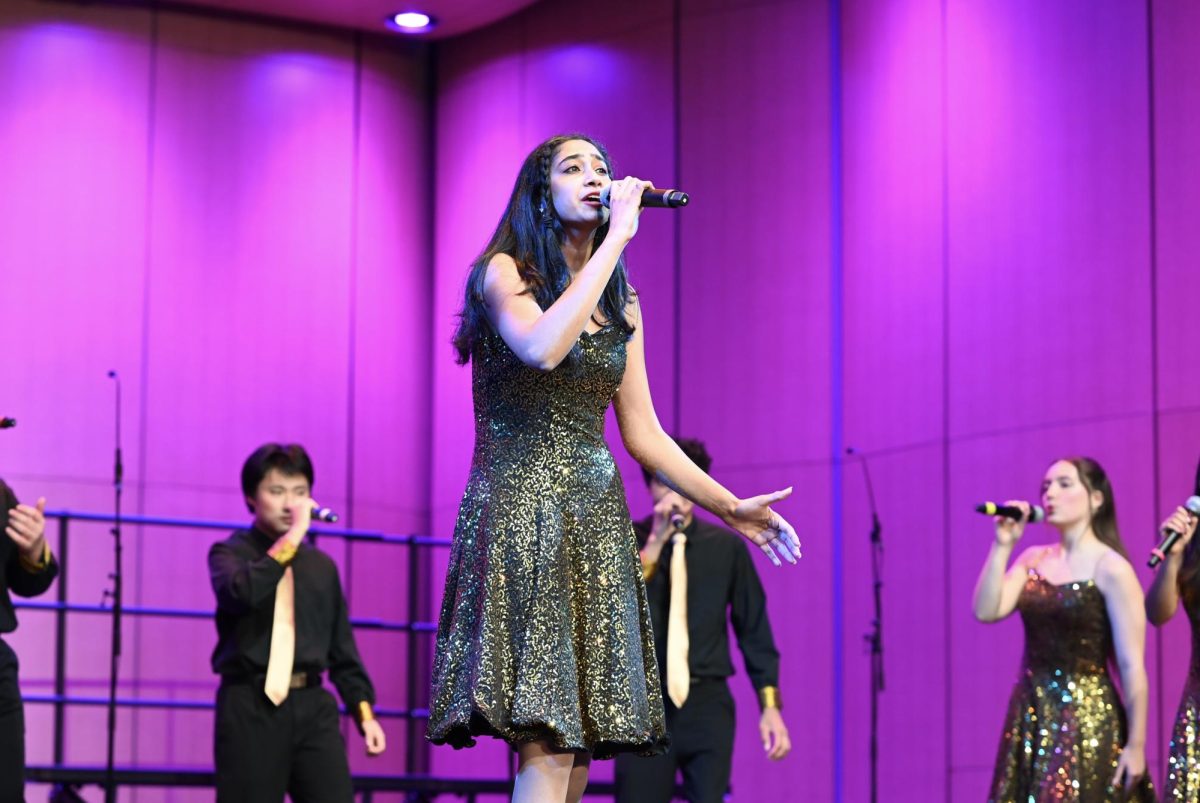The graceful movement of the arms and the continuous rotation of the hips set the hula apart from other modern dance styles.
Contrary to popular belief, there is only one type of hula dance, according to Wanda Adlawan, hula dancer and teacher. The different styles emerge from varying the assortment of steps. The hardest type, she says, is performing flat-footed because keeping the same flowing sequence of the hips without moving the balls of one’s feet requires more upper body muscle and skill.
Having danced the hula for 43 years, Adlawan encourages dancers to “know the song before [they] learn the [routine]” as the hula is an interpretation of the captivating Hawaiian landscape and the human body.
“If you don’t love [the hula] or like it, it will show [in the dance],” she said.
Advanced hula dancers often use specified instruments to further express the meaning behind the dance. Performers can add to the music with instruments such as the pu’ili, two sets of thin bamboo sticks tied together, which they can tap against their body to create a unique sound. Other dancers use ili ili, flat and round stones similar to castanets; uli uli, brightly-colored feathered rattles; or kala’au, two polished wooden implements.
A few of the most basic hula steps include Ahulili, Kaholo, Ami, Imuna, and Ha’ina. Often, the name of the steps will be a part of the song lyrics, guiding the dancers throughout the routine.
Ahulili means “to turn” in Hawaiian and is performed with a simple three-step sequence whilst making half rotations. Kaholo, the most basic step, is known as the “breather” in any Hawaiian dance. The Ami is a counterclockwise rotation of the hips, and the Imuna is a five-step sequence. The Haina signifies the end of a song and comes directly before the finishing bow.
The hula symbolizes the islands’ distinct environments and is a modern representation of Hawaii’s roaring waves, lush vegetation, and rich history.
For prospective hula students, Adlawan offers three pieces of advice.
“Learn with an open heart,” she said. “Listen to a song before you dance it, and [remember] that [a wrong] interpretation can ruin a song.”
Contributing to the article: Jessica Chang


















![“[Building nerf blasters] became this outlet of creativity for me that hasn't been matched by anything else. The process [of] making a build complete to your desire is such a painstakingly difficult process, but I've had to learn from [the skills needed from] soldering to proper painting. There's so many different options for everything, if you think about it, it exists. The best part is [that] if it doesn't exist, you can build it yourself," Ishaan Parate said.](https://harkeraquila.com/wp-content/uploads/2022/08/DSC_8149-900x604.jpg)




![“When I came into high school, I was ready to be a follower. But DECA was a game changer for me. It helped me overcome my fear of public speaking, and it's played such a major role in who I've become today. To be able to successfully lead a chapter of 150 students, an officer team and be one of the upperclassmen I once really admired is something I'm [really] proud of,” Anvitha Tummala ('21) said.](https://harkeraquila.com/wp-content/uploads/2021/07/Screen-Shot-2021-07-25-at-9.50.05-AM-900x594.png)







![“I think getting up in the morning and having a sense of purpose [is exciting]. I think without a certain amount of drive, life is kind of obsolete and mundane, and I think having that every single day is what makes each day unique and kind of makes life exciting,” Neymika Jain (12) said.](https://harkeraquila.com/wp-content/uploads/2017/06/Screen-Shot-2017-06-03-at-4.54.16-PM.png)








![“My slogan is ‘slow feet, don’t eat, and I’m hungry.’ You need to run fast to get where you are–you aren't going to get those championships if you aren't fast,” Angel Cervantes (12) said. “I want to do well in school on my tests and in track and win championships for my team. I live by that, [and] I can do that anywhere: in the classroom or on the field.”](https://harkeraquila.com/wp-content/uploads/2018/06/DSC5146-900x601.jpg)
![“[Volleyball has] taught me how to fall correctly, and another thing it taught is that you don’t have to be the best at something to be good at it. If you just hit the ball in a smart way, then it still scores points and you’re good at it. You could be a background player and still make a much bigger impact on the team than you would think,” Anya Gert (’20) said.](https://harkeraquila.com/wp-content/uploads/2020/06/AnnaGert_JinTuan_HoHPhotoEdited-600x900.jpeg)

![“I'm not nearly there yet, but [my confidence has] definitely been getting better since I was pretty shy and timid coming into Harker my freshman year. I know that there's a lot of people that are really confident in what they do, and I really admire them. Everyone's so driven and that has really pushed me to kind of try to find my own place in high school and be more confident,” Alyssa Huang (’20) said.](https://harkeraquila.com/wp-content/uploads/2020/06/AlyssaHuang_EmilyChen_HoHPhoto-900x749.jpeg)

















